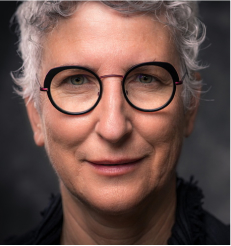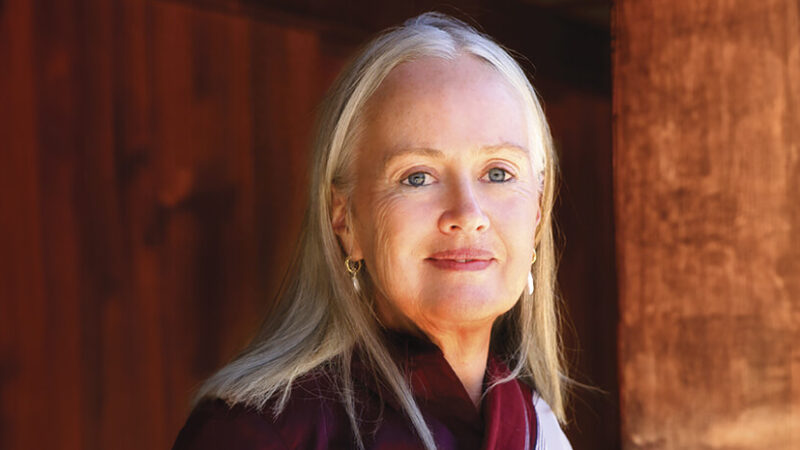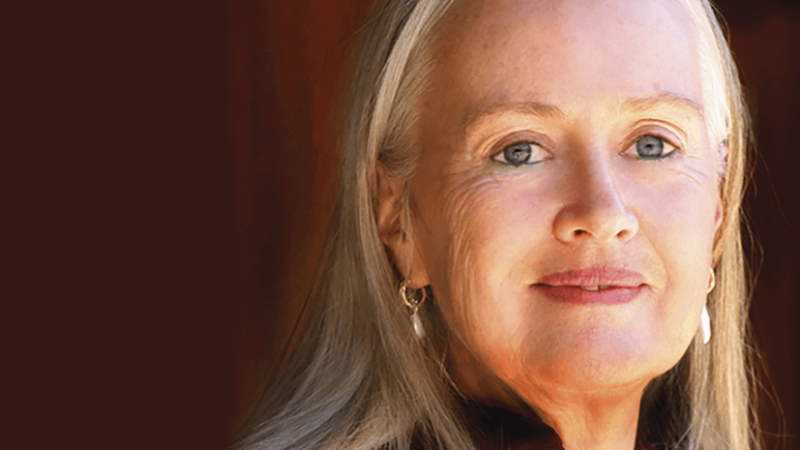Tami Simon speaks with Lama Tsultrim Allione, an author, former Tibetan nun, internationally known Buddhist teacher, and founder of the Tara Mandala retreat center. Lama Tsultrim has created several audio programs with Sounds True, including The Mandala of the Enlightened Feminine and Cutting through Fear, which helps us meet and release the demons of fears and other unhelpful emotions and obsessions. In this episode, Tami and Lama Tsultrim speak about the sacred feminine within Buddhism and how to understand it without creating duality. They also discuss the eleventh-century Tibetan yogini Machig Labdrön and Lama Tsultrim’s journey through grief over the sudden loss of her husband. (69 minutes)










